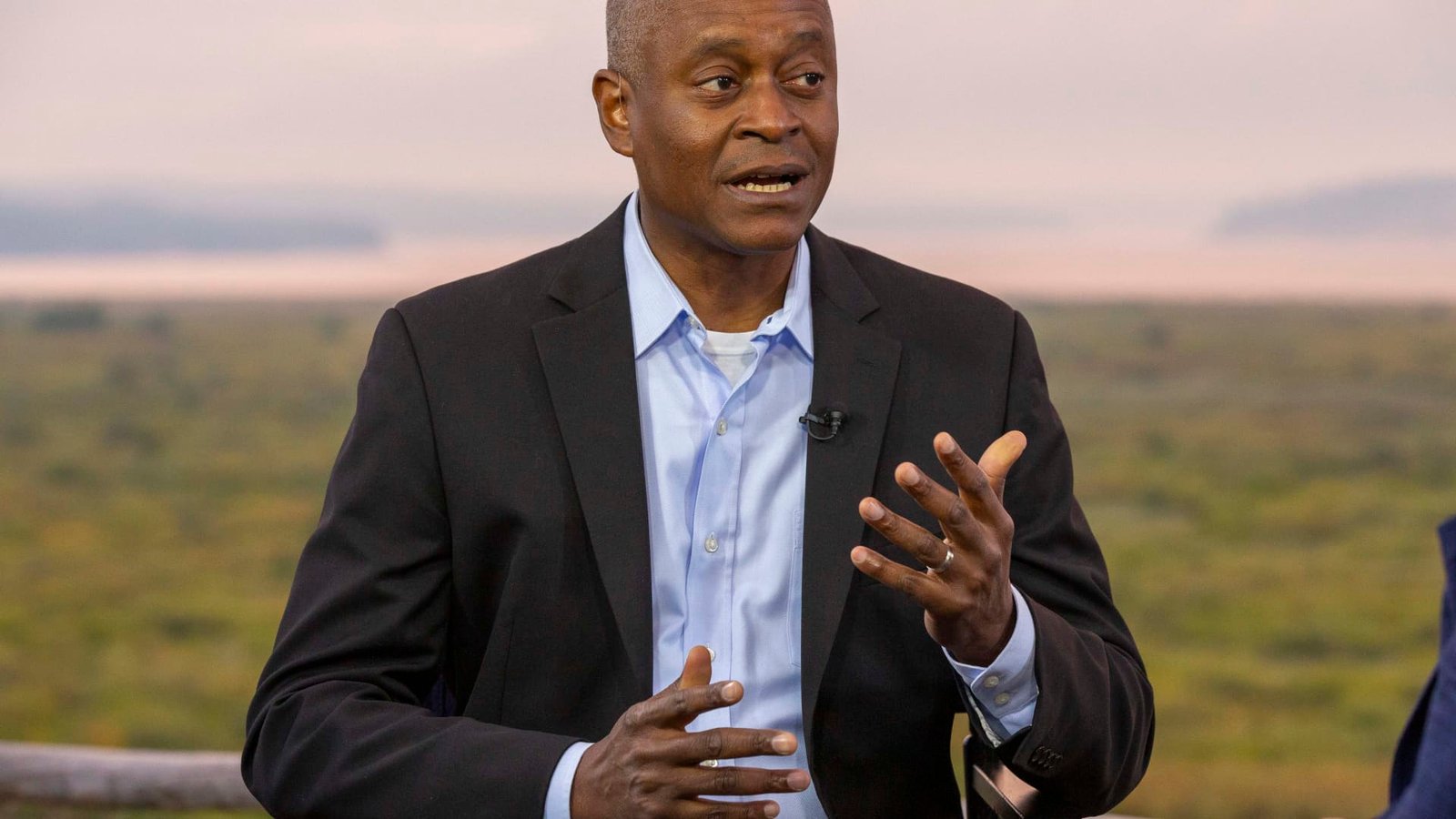When Diane Wetherington contemplated retirement, she faced a harsh reality. At 72 years old, she considered spending time on hobbies and her grandchildren, and even attempted full retirement. However, she soon realized that her Social Security benefits, reduced due to time spent out of the workforce raising children, would not cover travel expenses, rising insurance costs, and basic needs.
As a result, Wetherington now works part-time as a remote contracting agent for the local government in Central Florida. While she occasionally misses out on activities with retired friends, she finds that continuing to work helps maintain her budget and keeps her mind engaged. She expressed the challenges of making ends meet in a world where costs are constantly increasing.
A growing number of Americans are choosing to remain in the workforce past the traditional retirement age of 65. This trend has positively impacted the national labor market, especially amidst worker shortages and high resignation rates caused by the pandemic. The financial landscape for those who continue working, whether out of personal fulfillment or financial necessity, has been altered by this trend.
The year 2025 is expected to see a significant increase in the number of Americans turning 65 compared to previous years. This demographic shift, known as the “Peak 65 zone,” is highlighted in a study by the Alliance for Lifetime Income. Data analysis from the Bureau of Labor Statistics shows a notable 33% increase in employed Americans aged 65 and older between 2015 and 2024, compared to less than 9% growth in the overall workforce aged 16 and above during the same period.
The rise in older workers has led to individuals aged 65 and above constituting 7% of the total workforce in 2024, up from approximately 5.7% a decade earlier. Employers are increasingly tapping into this age group to address critical workforce needs, as stated by Jim Malatras, the strategy chief at FedCap, a nonprofit organization specializing in job training and placement.
Various factors have contributed to the significant growth in the number of older workers, including the aging population and changes in retirement systems. Laura Quinby, an associate director at Boston College’s Center for Retirement Research, highlighted the impact of shifting retirement structures, such as the transition from employer-funded pensions to 401(k) plans and adjustments to Social Security retirement age requirements.
The discussion around extending the retirement age further due to longer life expectancies and financial uncertainties surrounding Social Security has gained traction. While some individuals continue working past retirement age out of passion, others do so out of financial necessity. Teresa Ghilarducci, director of The New School’s Retirement Equity Lab, emphasized the diverse reasons why individuals choose to remain in the workforce.
Employers are adapting to this demographic shift by offering tailored benefits and job opportunities to older workers. Companies like Booking Holdings and Wegmans have implemented programs to attract and retain retirement-age employees. Xanterra, a travel company, has initiatives like the Helping Hands program to engage older workers during peak seasons.
Despite efforts to integrate older workers into the workforce, ageism remains a prevalent issue. Advocates stress the importance of combating age discrimination and creating inclusive work environments. Strategies such as revising job descriptions, promoting age equality, and offering flexible work arrangements are recommended to support older workers in the workforce.
The experiences of individuals who choose to work past retirement age vary, with some citing financial stability and personal fulfillment as key benefits. Shari Nelson, a part-time worker at Vantage Aging, shared how her job provides financial security and enables her to fulfill her role as a grandmother. The nonprofit sector has seen a significant presence of older workers, reflecting a broader trend across industries.
Anne Sallee, a former public official from Florida, transitioned back to work after considering full retirement. She highlighted the personal rewards of having a routine and pursuing a passion in her current role as an economic development coordinator. The evolving landscape of retirement and work choices for older individuals underscores the need for inclusive practices and support in the workforce.




